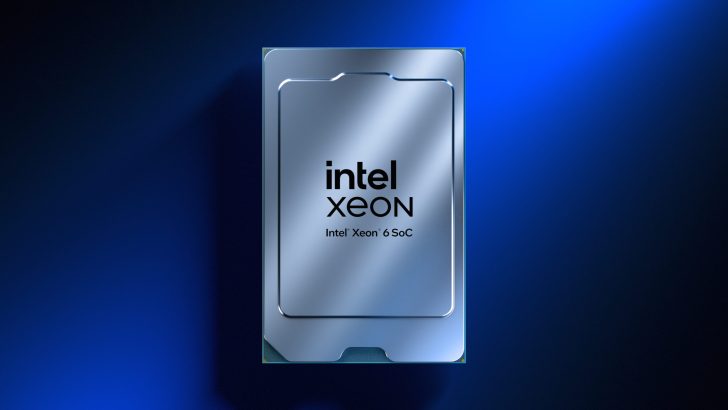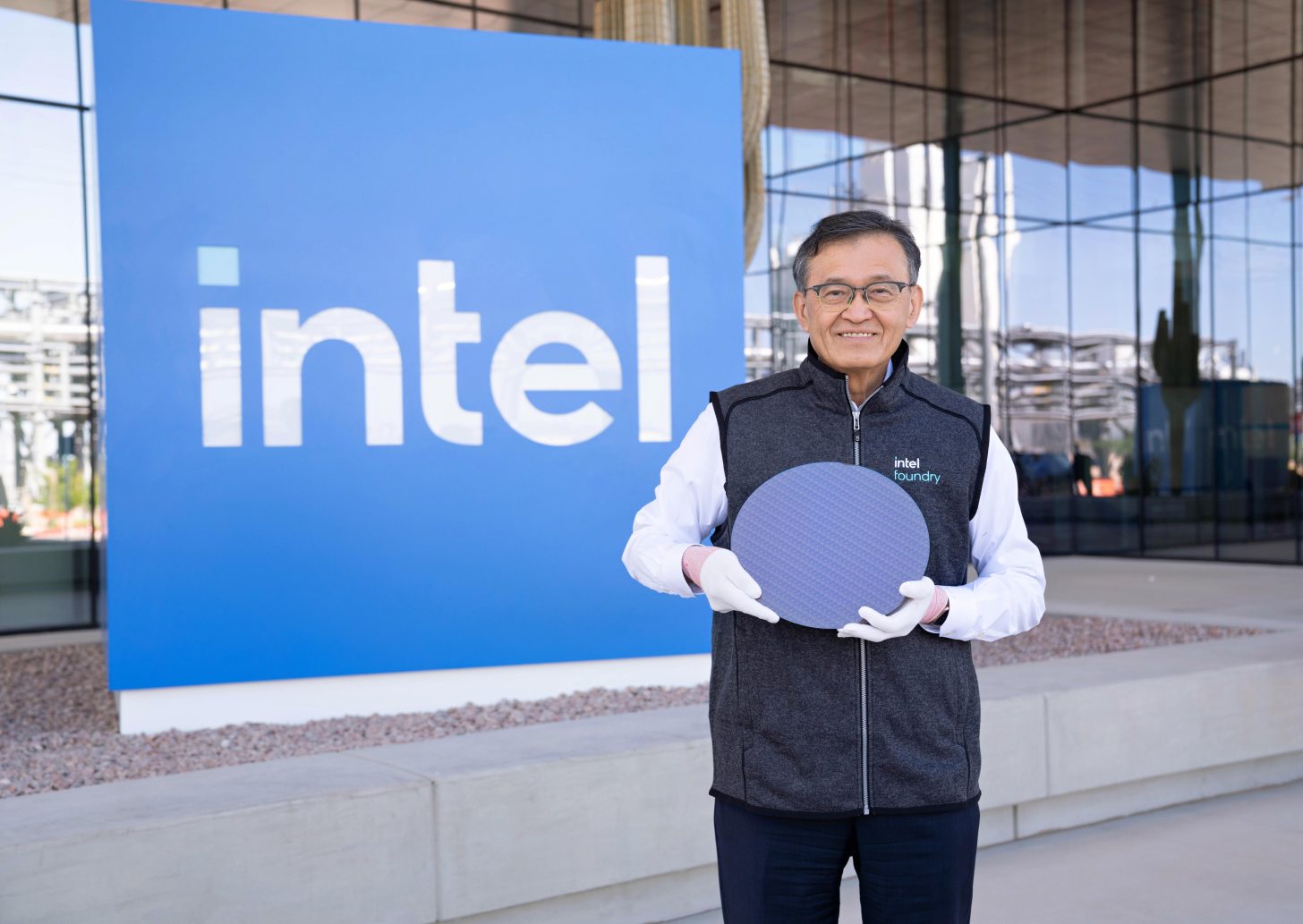Intel’s recent earnings call has spotlighted an intriguing trend: a surge in demand for both server and client CPUs, expected to persist well into next year. This demand is particularly significant within the data center (DC) segment, underscoring Intel’s pivotal role in the AI supply chain. With the company’s Xeon platform gaining momentum, the focus is on scaling production to meet growing needs.
Intel’s DC Segment Poised for Explosive Growth
Industry insiders were optimistic during Intel’s Q3 earnings call, as CEO Lip-Bu Tan and CFO David Zinsner addressed critical production volume challenges. Reports suggest that Intel is experiencing a chip supply shortage amid increasing demand for data center and client CPUs. The trend is likely to continue through the first quarter of 2026, leading to concerns about depleted chip inventories. However, this situation also signals potent growth for Intel’s foundry division.
Intel’s Xeon platform is seeing increased industry adoption, particularly the Xeon 6 ‘Granite Ridge’ CPU lineup, a top-tier choice for AI applications. As a result, Intel is expanding production to accommodate this demand while also maintaining older technology nodes like Intel 7. Despite these efforts, the company anticipates continued product shortages as 2026 approaches.
The team executed well to support upside in the quarter given the current tight capacity environment, which we expect to persist into 2026. We are working closely with customers to maximize our available output, including adjusting pricing and mix to shift demand towards products where we have supply and they have demand.
Challenges and Strategic Shifts in CPU Production
On the client CPU front, Intel’s Raptor Lake lineup is also encountering supply constraints. This challenge arises not solely from high demand but from a strategic focus on boosting server CPU production, specifically on nodes like Intel 7. Consequently, Intel is adjusting Raptor Lake prices to better serve both client and data center markets. The company’s current priority is the server CPU segment, which has led to a strategic realignment, emphasizing server production over consumer markets.

These developments highlight a significant shift within Intel, as the company seeks to regain its foothold in the data center market, which had been slipping to competitors like AMD. As Intel’s x86 products take center stage, production bottlenecks are anticipated to continue, ensuring supply constraints into the next year.
